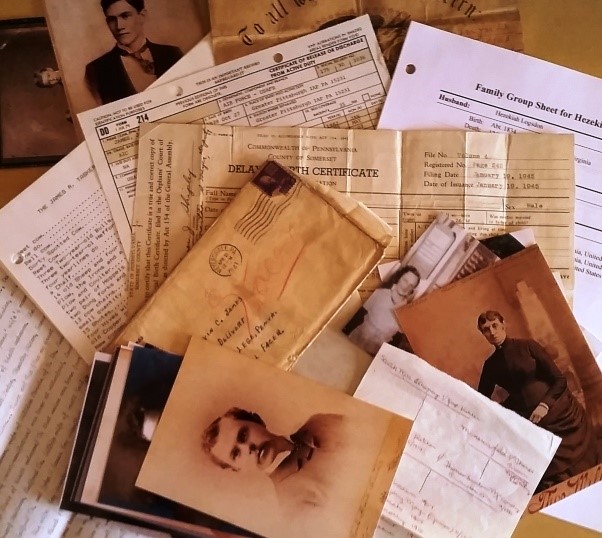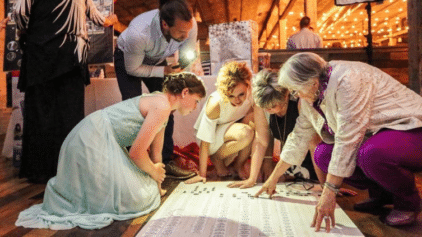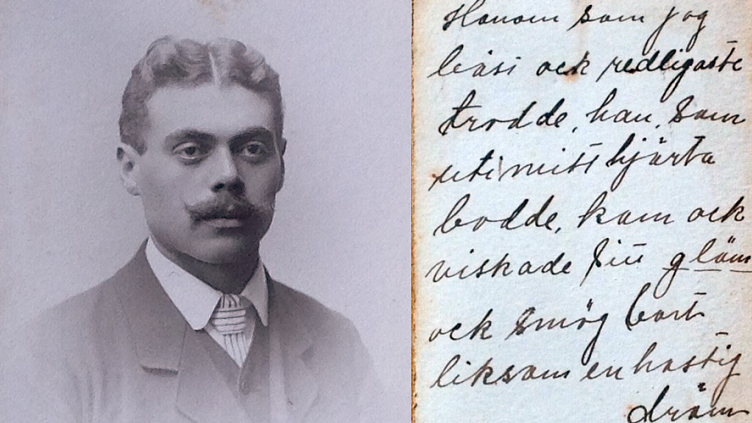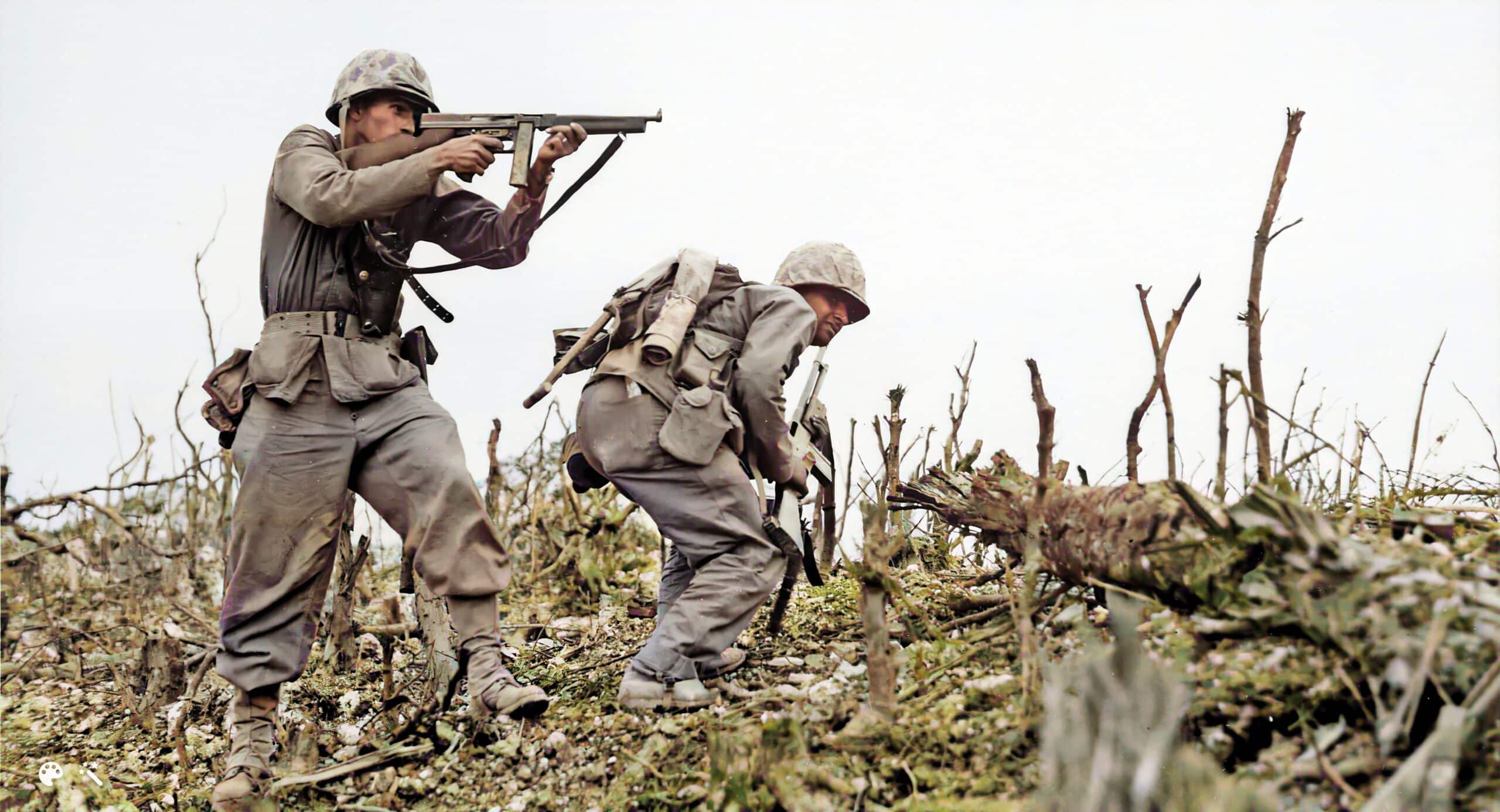This is very timely Kate! My cousin was just here and had been working on my dads side of the family and I’m getting ready to start on my moms line(s). Learning how to organize the information at the start will be helpful.


 This is a guest post by Kate Eakman, staff genealogist at Legacy Tree Genealogists, MyHeritage’s recommended research partner. Kate has a master’s degree in history and loves to help people see into the lives of their ancestors. Her ability to “think outside the box” helps her to find treasured details about a person’s heritage.
This is a guest post by Kate Eakman, staff genealogist at Legacy Tree Genealogists, MyHeritage’s recommended research partner. Kate has a master’s degree in history and loves to help people see into the lives of their ancestors. Her ability to “think outside the box” helps her to find treasured details about a person’s heritage.
You’ve just been handed the family research of your grandmother, or great-uncle, or perhaps some even more distant relative who heard that you “do genealogy” – and now you are wondering what to do with it.
Here are three easy steps to integrate it into your own research.
1. Classify
Look over each page.
• What is it? Is it a photo, letter, family group sheet, census, will, newspaper clipping, or something else?
• Who is it about? Is this page only about one person, a single family, or multiple generations of a family? It is also possible that an item is about a person or people you have never heard of before.

Before: What to do with all of these inherited papers, documents, and photographs? Classify, Combine, and Conserve. (Credit: Kate Eakman)
Organize the pages.
Once you have a feel for what this inherited genealogy contains you can decide how to organize everything.
• If the various papers and photos pertain to only one family line, it will probably be most useful to divide the information by generations. Start with your generation, and then go back to your parent’s generation, then the grandparents, etc.
• If the inherited genealogy is broader in scope, you will probably want to divide the information first into each family line and then subdivide that by generation as you did above.
How you physically organize the information is up to you. Just make sure that your new organizational system matches the one you are currently using to avoid confusion.
Whatever method you choose, you will probably need a way to sub-divide things. Within a family line folder, you might have dividers for each generation. Depending on how deep and wide the previous research worked, you may find that you need to divide each generation into individuals.
• Place each page or item from the inherited genealogy into the folder for that family or person.
• If an item is relevant to more than one person or family, scan it and put a copy the other folder. This ensures that you consider each item for its relationship and information relative to each person in that document.
• When you run across those items that raise questions – Who is this person in the photograph? Why are there things about a family I have never heard of before? – Make a copy of the item and write your question on the copy. Then put the page with your question in a folder you have marked as “Questions” or “Puzzles” or “Mysteries.”
2. Combine
Now that you have classified and organized the inherited genealogy it is time to begin integrating it with the research you have already completed.
• Start with the generation closest to yours and read each page.
• Compare the information in the inherited genealogy with what you have uncovered.
• Verify that this page is actually applicable to your relative. If the information is new, add it to your tree, with source information.
Eventually, you will find that some information which you have uncovered in your research is contradicted by the inherited research. Handle this like you handle any conflicting evidence: compare, consider, and continue researching until you reach a credible explanation for the discrepancy.
If the inherited research introduces new people to your family tree, verify that this is the correct family and then add them to your tree. Again, include a note to indicate the source of this new information.
• Online databases allow for adding photos and other documents such as letters. Scan them and add them in as you come to them in each folder.
• Take note of the information in this inherited research that might not be otherwise available. Does an envelope or letter have a return address to help you find the family in a census? Does a photo show three daughters and two sons, not the two daughters and two sons you thought were in this family?
Finally, tackle that folder of “Mysteries” and, if the previous work hasn’t explained who these unknown people are and how they are related to your family, start researching each person to learn more about him or her. Maybe they were next-door neighbors or long-time friends of the family. Ask your family if they have ever heard of these unknown people.
3. Conserve
Save it all if you can, even when it duplicates your own work. The entire body of work is a testament to your ancestor’s love of their family. By preserving their work you are honoring their efforts.
Scan the photos. Scan the documents. Scan the transcriptions, particularly if they are things you don’t already have in your collection.
As you finish scanning, preserve the entire collection. Store photographs and hand-written pages in polypropylene sleeves. If you have a stack of loose pages or a three-ring binder, you might want to consider removing the pages from the binder and storing them in an archival-quality document box. These items can be purchased for less than $25 online.

After: All of the inherited genealogy neatly and safely conserved in archival folders. (Photo courtesy: Jeremy Katz, archivization.wordpress.com)
Finally, share this treasure with the other family members who are interested in your family’s history. You can upload the information to a MyHeritage family site and invite them to join your tree and easily collaborate with you. Use this genealogical windfall as a way to encourage others in the family to become more interested in their history.










Connie Spafford
June 23, 2016
This is very interesting and helpful. I have been doing genealogy for many years and have enjoyed it very much. I have three ring binders full of info and the pages in the binders are in the sleeves you suggested. Thank you for the extra info and hopefully I can complete my research for my family.